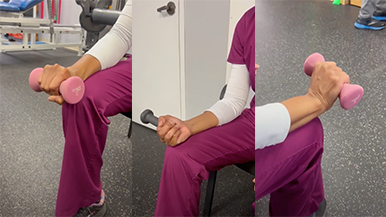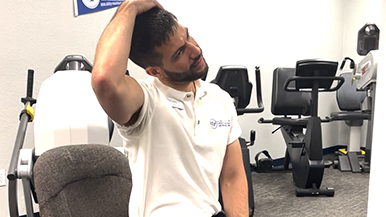Ankle Injuries: Sprains and Strains
Anatomy of the Ankle
The ankle joint is a complex structure, formed by the connection of three bones. The ankle bone is called the talus and the talus fits inside a socket that is formed by the lower end of the tibia and the fibula.
The bottom of the talus fits on top of the heel bone, called the calcaneus. These three bones that make up the ankle joint are connected by several ligaments, tendons, and muscles, which are all prone to injury.
Ankle Injuries
The ankles support the entire weight of the body and are particularly susceptible to injury. Each year, an estimated two million patients are treated for ankle sprains and strains. Anyone, from the most seasoned athlete to a sedentary person can incur an ankle injury. A strain occurs when a muscle or tendon is overstretched. A sprain is more serious and occurs when strong connective tissue that connects one bone to another (ligaments) become overstretched. Most ankle sprains and strains are inversion injuries in which the foot twists inward, damaging the lateral ligaments on the outside of the foot. Pronation injuries to the medial ligaments on the inside of the foot, which are caused by twisting the foot outward, are less common.
Treatment of Ankle Injuries
Most ankle strains and sprains heal in two to six weeks, with proper treatment. Severe injuries may take as long as 12 weeks to heal and may require physical therapy to restore full muscle balance and strength. Physical therapy may involve stretching and/or strengthening the muscles surrounding the ankle joint, as well as coordination, balance, and speed exercises. During this time, the ankle may require taping or bracing to provide support until full function is regained. Patients who experience an ankle injury are at risk for recurrent injury during and following recovery and should take precautions. Shoes that provide stability and support are a prudent investment, and supplemental bracing with a specially fitted elastic wrap may be recommended.



